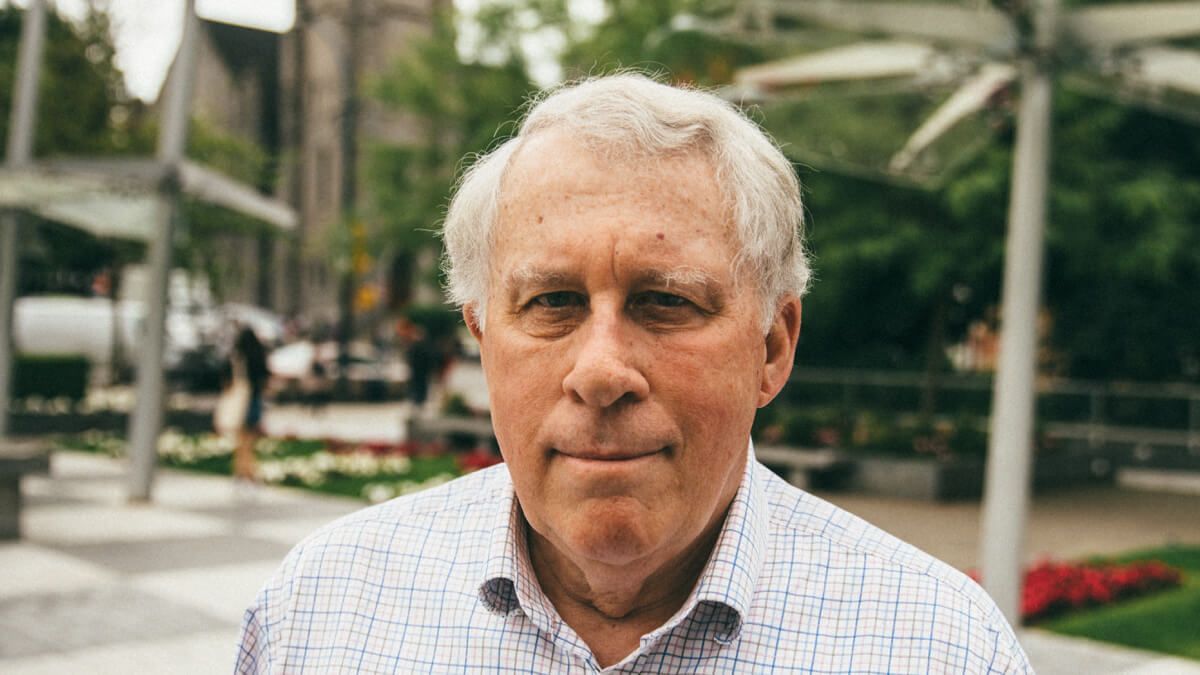Treatments
Watchful waiting can be a good option for men who are older, have other health concerns, or whose prostate cancer is unlikely to shorten their lifespan.
How is prostate cancer monitored on watchful waiting?
The aim of watchful waiting is to keep an eye on cancer growth and any symptoms that arise, through occasional testing. Depending on your doctor or care team's guidance, you can expect:
PSA tests to monitor your prostate specific antigen (PSA) levels every 6 to 12 months.
Digital rectal exam (DRE).
Other blood and urine tests as necessary.
You likely won't need to have prostate biopsies, but your doctor or care team will speak with you about your plan.
Being a good candidate for watchful waiting
When considering which treatment is right for you, doctors aim to do the least amount of harm. If having a more active or aggressive treatment looks like it may do more harm to you than good, you could be a candidate for watchful waiting for prostate cancer.
Your doctor will review a number of factors to determine if watchful waiting is suitable, including
Age. Older men may be offered watchful waiting, to help avoid stressful treatment on the body.
Cancer type. Watchful waiting can be suitable for men with localized, locally advanced, and advanced prostate cancer.
PSA levels.
Current health and fitness level. If your current health and fitness aren't in the best shape to undergo active treatment, watchful waiting may be offered.
History of other conditions or diseases. If you have other health concerns, watchful waiting can help avoid complicating other treatments you may be receiving.
After carefully reviewing all health factors, your doctor or care team will advise if watchful waiting is suitable. If you're a good candidate, the aim will be to keep an eye on cancer growth and any symptoms that arise, without aggressive treatment. This approach helps you avoid treatment you might not need and which could put too much stress on your body.
Are there side effects to watchful waiting?
Watchful waiting does not cause physical side effects. However, alert your doctor or care team if you begin to experience
Urinary problems.
Fatigue or extreme tiredness.
Bone aches and pain.
These issues could be signs that the cancer is growing and may need further treatment. Your team will work with you to monitor health problems, along with your PSA, to determine if watchful waiting is still the best option.
Stress and anxiety on watchful waiting
You may get worried and feel stressed while on watchful waiting. Just knowing that the cancer is there can be tough, and it might weigh heavily on your mind. Waiting can feel like inaction and that’s enough to keep you up at night. And even if tests for PSA levels show that you’re fine, you might get anxious thinking about your next test result.
If this sounds familiar, know that these are all normal thoughts to have. But remember, your doctor has recommended watchful waiting after reviewing your current health, age, and other factors that may be important to you. Watchful waiting can also help you avoid problems that more aggressive treatments can bring. Still, if you’re concerned about this path, it’s OK. Talk to your team about any questions you have.
Why are you recommending watchful waiting for me?
Are there other treatment options?
How often will I need to be monitored?
Will I need to have blood tests as part of my monitoring?
What symptoms might indicate the cancer is growing?
What would treatment look like if I choose to have it?
You can ask them:
Keep in mind that many men have been on watchful waiting for prostate cancer. Although everyone’s exact journey is different, the key is to take it a day at a time and make yourself a priority. Never hesitate to seek comfort from those close to you, like a partner, friend, or loved one. They are there to support you along the way.
If your feelings of stress or anxiety are becoming overwhelming, talk to your doctor or care team and they can guide you towards helpful solutions.
How is watchful waiting different from active surveillance?
You may have heard that they're the same, but watchful waiting differs from active surveillance in at least 3 ways:
Watchful waiting involves less intense PSA monitoring and tests, meaning you won’t have to check-in with your doctor as much.
If at some point you decide to move from watchful waiting to active treatment, the goal will be to slow the cancer growth and manage symptoms, but not to cure the cancer.
Watchful waiting can be suitable for men with localized, locally advanced, and advanced prostate cancer. Active surveillance is typically only suitable for men with localized prostate cancer.
As always, let your doctor or care team know if you have any questions, issues, or concerns about treatment. Supporting you is the ultimate goal, and they want to empower you to make the best decisions for you.
